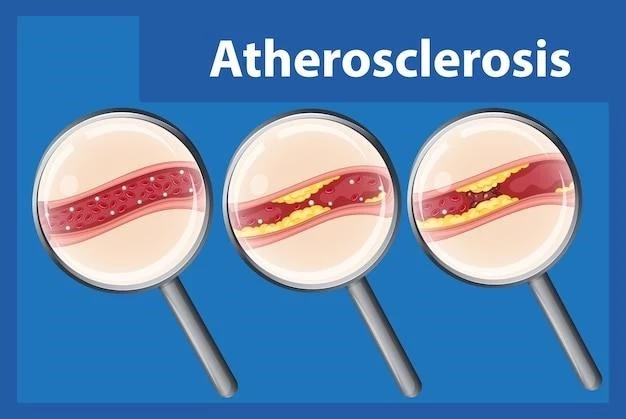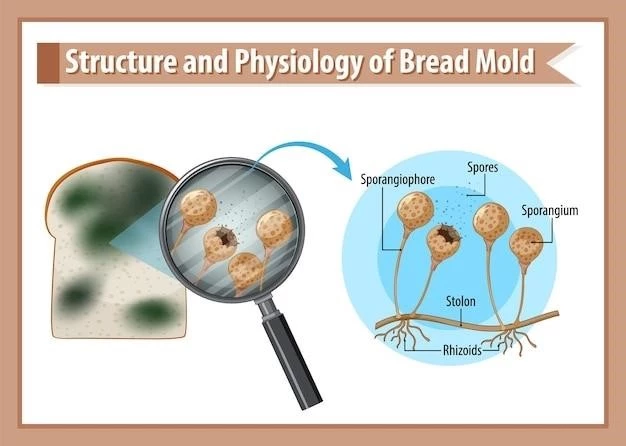Dyskeratosis Congenita of Zinsser-Cole-Engman
Overview of Dyskeratosis Congenita
Dyskeratosis Congenita of Zinsser-Cole-Engman is a rare hereditary genetic skin disorder. It is characterized by the triad of abnormal skin pigmentation, nail dystrophy, and oral lesions. The condition is caused by mutations in genes associated with telomere maintenance, leading to telomere dysfunction.
Individuals with Dyskeratosis Congenita may present with a variety of symptoms beyond the classic triad, including bone marrow failure, premature aging, and an increased risk of developing various cancers. Early recognition and diagnosis are crucial for optimal management.
Due to the multisystem nature of the disease, a multidisciplinary approach involving dermatologists, hematologists, genetic counselors, and other specialists is often necessary. Treatment focuses on managing symptoms, such as bone marrow failure, while addressing the psychological and emotional impact of the condition on affected individuals and their families.
Research into Dyskeratosis Congenita is ongoing, with a focus on understanding the underlying genetic mechanisms, developing targeted therapies, and improving the overall prognosis for individuals with this rare disorder. Stay informed about the latest advancements in diagnosis and treatment options to provide the best care for patients with Dyskeratosis Congenita.
Understanding the Condition
It is essential to comprehend the intricate nature of Dyskeratosis Congenita of Zinsser-Cole-Engman, a rare hereditary genetic skin disorder. This condition arises from mutations affecting telomere maintenance genes, resulting in telomere dysfunction.
The manifestations of Dyskeratosis Congenita extend beyond skin abnormalities, encompassing nail dystrophy, oral lesions, bone marrow failure, premature aging, and an elevated susceptibility to various cancers. Understanding the diverse range of symptoms associated with this disorder can aid in early detection and comprehensive management.
Given the complex nature of Dyskeratosis Congenita, a holistic understanding is imperative. Collaborative efforts among dermatologists, hematologists, genetic counselors, and other specialists are vital in providing holistic care. By delving into the genetic intricacies and clinical nuances of the condition, healthcare professionals can offer tailored interventions to enhance patient outcomes.
Empowering oneself with in-depth knowledge about Dyskeratosis Congenita is paramount in navigating the diagnostic and therapeutic challenges posed by this rare disorder. Stay abreast of emerging research findings and advancements in the field to better grasp the complexities of Dyskeratosis Congenita and provide optimal care to those affected by the condition.
Symptoms and Clinical Manifestations
Understanding the symptoms and clinical manifestations of Dyskeratosis Congenita of Zinsser-Cole-Engman is crucial for early recognition and management. Individuals with this hereditary genetic skin disorder may present with a spectrum of diverse symptoms.
Common symptoms include abnormal skin pigmentation, nail dystrophy, and oral lesions. Additionally, patients with Dyskeratosis Congenita may experience bone marrow failure, leading to anemia, increased susceptibility to infections, and bleeding issues. Premature aging features such as hair loss and graying may also be observed.
Furthermore, individuals with this condition have an elevated risk of developing various cancers, emphasizing the importance of vigilant monitoring and surveillance. Clinicians should be alert to the possibility of these associated complications and address them proactively.
By recognizing the array of symptoms and clinical manifestations that can arise in Dyskeratosis Congenita, healthcare providers can initiate timely interventions and implement individualized treatment plans. Stay informed about the diverse presentations of this disorder to ensure comprehensive care for patients and enhance their quality of life.
Diagnosis and Prognosis
Accurate diagnosis and prognosis assessment are pivotal in managing Dyskeratosis Congenita of Zinsser-Cole-Engman effectively. Diagnosis often involves a comprehensive evaluation of clinical symptoms, skin and nail changes, oral lesions, bone marrow function, and genetic testing to identify mutations associated with the disorder.
Given the diverse clinical presentations of Dyskeratosis Congenita, a multidisciplinary team of healthcare professionals plays a critical role in diagnosing and prognosticating the condition. Additionally, regular monitoring for potential complications, such as bone marrow failure and cancer development, is essential for early intervention.
The prognosis for individuals with Dyskeratosis Congenita can vary depending on the severity of symptoms, age of onset, and presence of complications like bone marrow failure and cancer. Early detection, proactive management, and ongoing surveillance are key factors that can positively impact the overall prognosis and quality of life for patients.
Optimal management strategies, including symptomatic treatment, hematopoietic stem cell transplantation for bone marrow failure, and close monitoring for malignancies, are essential components in improving outcomes and prognosis for individuals living with Dyskeratosis Congenita. Keep abreast of advancements in diagnosis, treatment, and prognostication to provide the best care for patients affected by this rare genetic disorder.
Treatment and Management
Effective treatment and management strategies are essential in addressing the complex challenges associated with Dyskeratosis Congenita of Zinsser-Cole-Engman. Therapeutic approaches aim to alleviate symptoms, manage complications, and enhance the quality of life for individuals affected by this rare genetic disorder.
Management of symptoms such as bone marrow failure often involves supportive care, blood transfusions, and in some cases, hematopoietic stem cell transplantation. Regular monitoring of blood counts and bone marrow function is crucial to detect and address any potential disease progression promptly.
Additionally, addressing the dermatologic manifestations, oral lesions, and nail abnormalities through dermatologic interventions can help improve the skin and mucosal health of patients with Dyskeratosis Congenita. Psychological support and counseling may also be beneficial in coping with the emotional impact of living with a chronic genetic disorder.
Collaboration among hematologists, dermatologists, genetic counselors, and other specialists is key in providing comprehensive care and tailored management plans for individuals with Dyskeratosis Congenita. Stay informed about the latest treatment modalities and guidelines to optimize the care and well-being of patients affected by this condition.

Ongoing Research and Future Developments
Staying informed about the latest advancements in research and future developments is crucial in understanding Dyskeratosis Congenita of Zinsser-Cole-Engman. Ongoing studies are focused on elucidating the underlying genetic mechanisms, exploring novel treatment modalities, and improving the overall management of this rare genetic disorder.
Researchers are actively investigating the role of telomere dysfunction in Dyskeratosis Congenita and its association with the diverse clinical manifestations of the condition. By unraveling the molecular pathways involved, potential targeted therapies aimed at restoring telomere function may offer promising treatment options in the future.
Furthermore, studies are underway to evaluate the efficacy of hematopoietic stem cell transplantation, gene therapy approaches, and telomerase activators in treating bone marrow failure and other complications associated with Dyskeratosis Congenita. These innovative interventions hold the potential to transform the landscape of care for individuals with this challenging disorder.
As research continues to advance, healthcare professionals are encouraged to remain engaged with scientific literature, clinical trials, and collaborative networks to stay abreast of emerging developments in the field. By embracing a proactive approach to learning and knowledge sharing, clinicians can contribute to improved outcomes and enhanced quality of life for individuals living with Dyskeratosis Congenita.
Conclusion
In conclusion, Dyskeratosis Congenita of Zinsser-Cole-Engman represents a complex hereditary genetic skin disorder characterized by a diverse array of symptoms and manifestations. Early recognition, accurate diagnosis, and proactive management are paramount in providing optimal care for individuals living with this rare condition.
By understanding the genetic underpinnings and clinical complexities of Dyskeratosis Congenita, healthcare professionals can tailor treatment strategies to address the unique needs of each patient. A multidisciplinary approach involving specialists from various fields is essential in delivering comprehensive care and ensuring holistic management.
As ongoing research endeavors continue to shed light on the pathophysiology of Dyskeratosis Congenita and explore innovative therapeutic avenues, the future holds promise for improved outcomes and enhanced quality of life for individuals affected by this challenging disorder. It is imperative for healthcare providers to remain engaged in the latest developments and collaborative efforts to advance the care and understanding of Dyskeratosis Congenita.
By staying informed, advocating for patients, and fostering a supportive environment, healthcare professionals can make a significant impact in the lives of individuals and families affected by Dyskeratosis Congenita. Together, continued efforts in research, education, and patient care can pave the way for better outcomes and a brighter future for those living with this rare genetic skin disorder.
